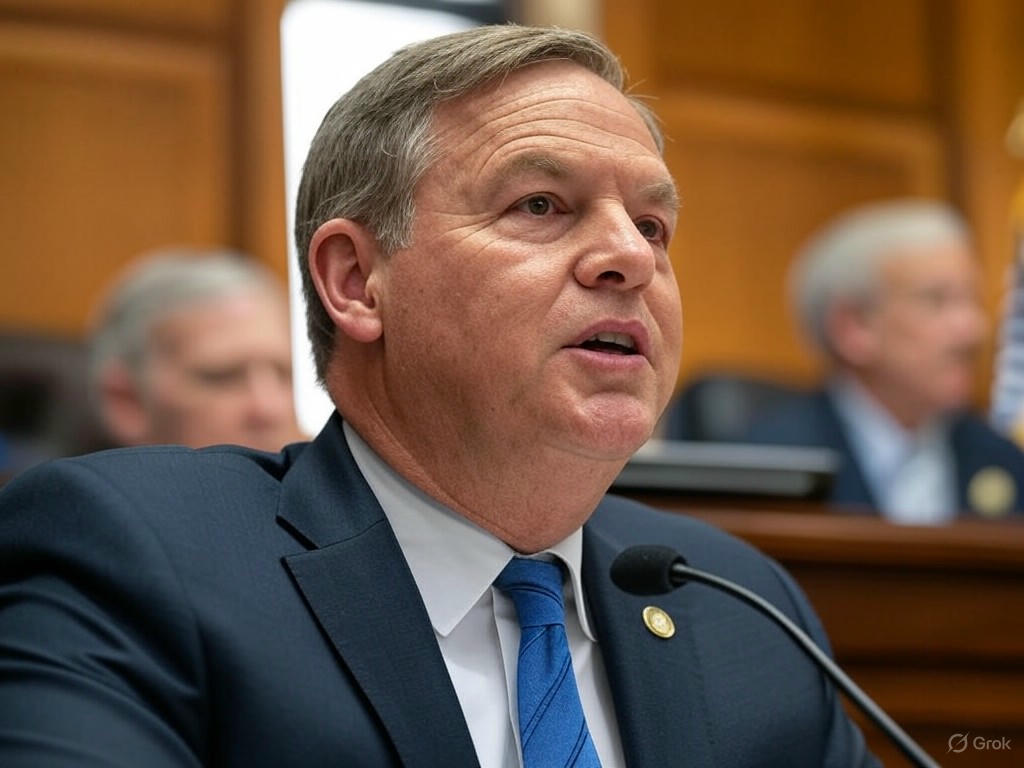Senate’s Landmark Stablecoin Legislation Marks a Crypto Milestone
In a groundbreaking move for the cryptocurrency sector, the United States Senate has passed a pivotal bill aimed at regulating stablecoins pegged to the US dollar. This legislation, often referred to as a game-changer for digital assets, represents the first significant step toward establishing a federal framework for stablecoins, a critical component of the crypto ecosystem. The bill’s passage signals a growing acceptance of digital currencies among lawmakers and could pave the way for broader innovation in the financial technology space.
Stablecoins, unlike volatile cryptocurrencies such as Bitcoin, are designed to maintain a steady value by being tied to traditional assets like the US dollar. They have become indispensable for traders and investors, facilitating seamless transactions and acting as a bridge between fiat and digital currencies. However, their rapid rise in popularity has raised concerns about financial stability, transparency, and consumer protection. Until now, the lack of clear regulations has left the stablecoin market in a gray area, with issuers operating without consistent oversight. This new Senate-approved bill seeks to address these gaps by setting strict standards for issuers, ensuring reserves are adequately backed, and mandating regular audits to protect users from potential risks.
The implications of this legislation are far-reaching. For the crypto industry, it’s a long-awaited victory that could boost confidence among institutional investors and mainstream financial entities. By providing a legal structure, the bill reduces uncertainty, potentially attracting more businesses to adopt stablecoin technology for payments, remittances, and decentralized finance applications. Industry leaders have hailed the Senate’s decision as a progressive move, arguing that it balances innovation with accountability. Some experts predict that this could accelerate the integration of digital assets into everyday financial systems, making stablecoins a household name in the near future.
However, the journey to this point hasn’t been without challenges. Debates over the bill revealed deep divisions among policymakers, with some expressing skepticism about the risks of over-regulating a nascent industry. Critics worry that stringent rules might stifle creativity and drive crypto firms to jurisdictions with looser regulations. Others argue that the protections outlined in the bill are necessary to prevent fraud and ensure market stability, especially in light of past incidents where stablecoin projects failed to maintain their peg, causing significant losses for investors.
As the bill moves to the next stages of the legislative process, all eyes are on how it will evolve and whether it will gain bipartisan support in the House. If signed into law, it could set a precedent for other nations grappling with how to govern digital currencies. For now, the Senate’s bold step forward offers a glimpse of hope for a more regulated, transparent, and trusted stablecoin market. This historic moment underscores the growing intersection of technology and finance, hinting at a future where digital assets play a central role in reshaping the global economy.


